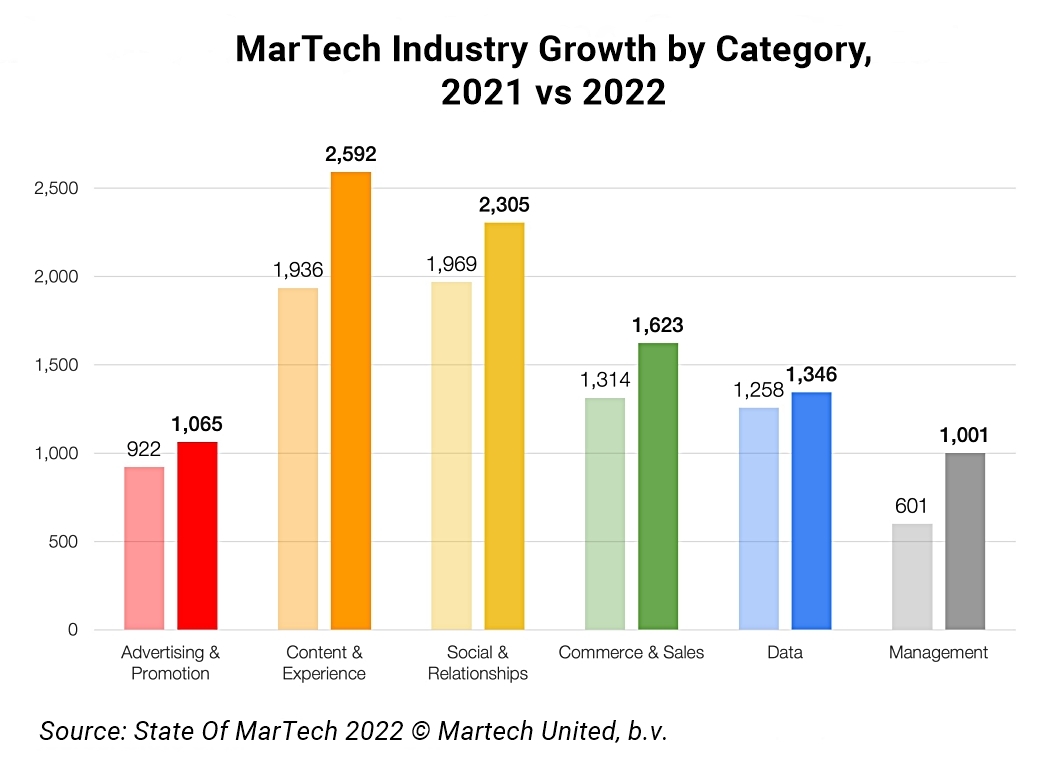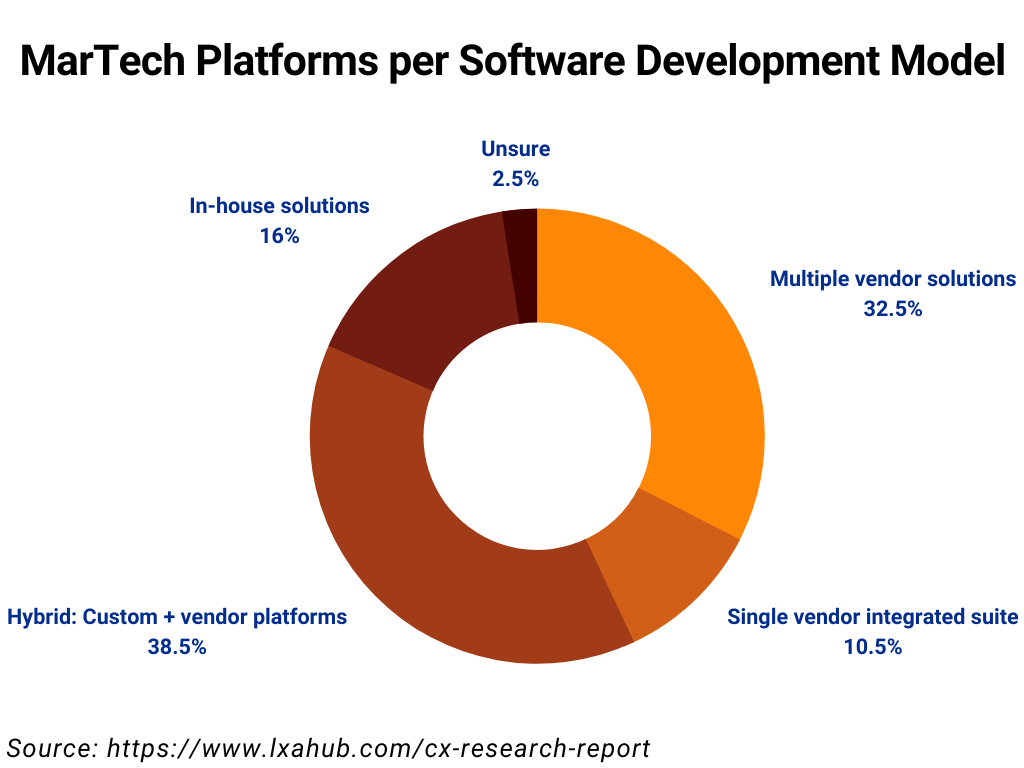How come so many businesses are still doubling down on their product range expansion even in today’s seemingly flooded market? Is this some kind of a quantity-over-quality approach? Don’t bet on it as top executives are highly unlikely to plunk down large sums of money just for nothing. Or maybe they just think they have ideal products and services for their customers? Not a chance! Most forward-looking CEOs, CTOs, and COOs clearly realize there is always room for improvement.
So what makes the C-suite of ambitious companies like chain retailers or telecoms explore new opportunities? The reason behind this is pure and simple: customer expectations with a brand are evolving every day. To respond to these growing demands, businesses seek innovative technology solutions to build long-lasting relationships with their customers. Here come such marketing technology solutions as customer loyalty programs and cloud rewards. While ensuring flawless user experience, these web or app-based tools can drastically improve your brand’s credibility and return customer rate.
With this being said, let’s check out some of the not-so-obvious marketing technology trends that might go unnoticed. Unlike multiple copycat trend lists of little or no value, this one can hopefully help your business stay ahead of the competitors’ pack in 2022 and beyond. No bluffing, just bare facts on loyalty platforms from market leaders.
Investing in customer experience driven by software
To combat customer loyalty issues and minimize customer churn rates, businesses have always dreamt of actionable software tools to help them out with this. So, when marketing technology established itself as a standalone industry vertical in 2011, the sector started developing by leaps and bounds. According to Statista, the number of MarTech software solutions exceeded 10,000 in Q3 2022 and is still counting. Even in pandemic times, we can witness mushrooming customer loyalty applications and rewards platforms available in the global market.

This market boom resonates well with budget increases and investment plans most businesses have for their customer retention strategies in 2022. Speaking of investments, the 2022 mergers & acquisitions in MarTech have reached almost 200 deals valued at $100 million and more. When it comes to budgeting, the Clevertouch team in its State of Martech Summary Report 2022 revealed the following facts:
- 90% of businesses invest heavily into new technology adoption
- 34% are going to buy more customer-first software solutions in the next 12 months
- 76% of respondents prefer personalized omnichannel communication with customers
- 55% of companies will increase their marketing budget by 5-15%
With this, however, 40% of marketers do not use software they’ve got so far, as they need more simplified customer loyalty solutions.
As a mature industry, MarTech is quite diverse in the areas of its application. The uptake of various types of marketing technology solutions primarily depends on business current needs and changes in customer behavior. The more demand there is for a particular service among business and end users, the more specialized MarTech software solutions appear in the market. Depending on their functional roles, software applications fall into several categories.

Given the stats above, the following categories have seen the most growth in terms of new apps and platforms appearing in 2022 as they gain much traction across B2B and B2C audiences.
- Management: 67%
- Content & Experience: 34%
- Commerce & Sales: 24%
- Social & Relationships: 17%
- Advertising & Promotion: 16%
- Data: 7%
No matter their functionality, most of these mobile apps and platforms can be widely used to reinforce customer retention, improve app user satisfaction with your business, and build rock-solid brand advocacy.
All these data-driven insights show us that the MarTech sector is up and running as it opens up new vibrant horizons for businesses. Now, let’s see what marketing tech trends have been in the limelight recently.
Customer loyalty and rewards trends: Combining technology with personalization
Achieving customer satisfaction based on technical excellence is what should be your marketing strategy for the next decade. With a wide variety of initiatives being spoken about worldwide, all the trends can be boiled down to two basic categories:
- technology acquisition and enablement, and
- customer experience improvement
While most of these trends can be largely overlapping, here’re some key points you should consider before implementing any of them into your business infrastructure.
What loyalty software to choose: In-house vs vendor-built solutions
You most certainly read lots of blog listicles where marketing trends are broken down regarding the emerging technologies utilized to fulfill business goals. The most popular tech solutions across industries are Artificial Intelligence and Natural Language Processing, Machine Learning and trainable chatbots, Data Automation and Predictive Analytics, to name just a few. All of them make a difference in attracting, engaging, and retaining your customers at large.
With this, however, we’d like to put different lenses on innovative technology adoption in business. If you are a VP of Engineering, CTO, or Head of Product, there is no point in explaining to you all the benefits of the tech innovations above. Tech-savvy decision makers would better figure out what are the most efficient and reliable tech stacks and models to implement across the organization. As a top executive, you surely keep tabs on the trends that can help you improve the software development lifecycle. More importantly, it is to pick the right software for your customer loyalty strategies.
Oftentimes, companies weigh options for software development choosing between hiring their own in-house teams, opting for ready-made marketing apps by third-party vendors, or outsourcing custom software development projects. To help you out with this, here’re some fresh insights from Learning Experience Alliance (LXA), the world’s famous education and analytics portal for customer experience specialists.
So, let’s check what delivery models have already been driving business value to your competitors this year. The rest is up to you.

No matter what exact technology stack is used, most marketers and product development executives prefer employing hybrid models for their customer loyalty strategies in 2022. This approach appears to be quite effective as it deftly combines custom-built modules (either in-house or outsourced) with a rock-solid platform provided by a third-party vendor.
Customer focus values: Hyper-personalization and omnichannel strategy
Putting the heightened focus on instilling customer trust and loyalty has become imperative for any industry. However, many businesses just zero in on improving their tech stack while factoring out their customer demands and expectations with a product.
Bernard Marr, a Forbes contributor and successful strategic business & technology advisor to governments and companies, highlights the importance of leveraging hyper-personalization and micro-moments.
Developing the ability to spot and respond to these moments with personalized marketing approaches will be a key priority for many marketers in 2022. Today, consumers expect brands to understand and respond to their needs as individuals, providing them with something that’s unique to them at the time and place that they need it.
Bernard Marr, world-renowned futurist, influencer and thought leader in the fields of business and technology
In The New Era of Customer Engagement 2022 guide, you can find a whole bunch of insights revealing the immense untapped potential of personalization. Just take a look at these customer loyalty trends that speak for themselves:
- 81% of customers are highly likely to purchase from companies interacting in more personal and relevant ways
- 78% get frustrated to receive generic non-personalized emails from brands
- 76% want brands to offer their own mobile apps to enable in-app purchases
- 70% are ready to share more personal data with brands to get enhanced shopping experiences
- 41% will stay loyal with a brand if they get more personalized offers and rewards
So, companies harnessing the power of tech innovations and prioritizing customer satisfaction just do the right thing. And reinventing the wheel is not necessary. You can leverage various user mobile applications available on today’s market. For instance, many eWallet apps can go bundled with in-app loyalty and customer rewards programs. The customer-first approach works perfectly well across various channels and touchpoints targeting users precisely where they are.
Which is why, many large retailers, banks, and telecoms have already reshaped their marketing strategies to attract, engage, and retain more audiences to their products and services. Relying on the expertise of loyalty platform providers, businesses can be sure to enjoy bespoke solutions tailored to customers’ specific needs. If you’re still on the fence about implementing customer-oriented solutions for your eCommerce or brick-and-mortar business, just check out what your competitors have already implemented. There are a whole lot of successful loyalty case studies showing much value delivered to brands worldwide.
Final thoughts
Introducing new software solutions like branded mobile eWallet apps is really important. However, do not forget that strengthening relationships with customers is your top priority for the years to come. So, the first thing to do is to have the right software integrated across your customer interaction channels. Customer loyalty programs and other rewards services help provide greater customer experiences and drive added value to your brand. Should you need an expert eye to address your customer loyalty challenges, please contact us for answers.
This post was first published on the Wallet Factory blog



